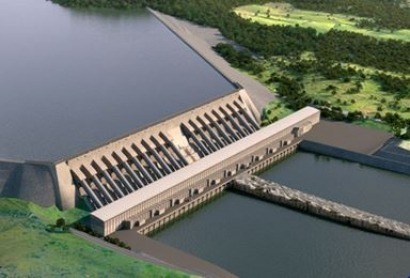
At 11.2 GW, the $11 billion project is designed to become the third largest hydroelectric facility in the world.
According to the website of project developer Norte Energia, 70 percent of the energy from dam complex will go to the captive market and distributors. Ten percent will go to producers and 20 percent to the market.
Industries will not receive subsidized energy, the company said.
In addition, Norte Energia has said the project will bring development to the region of Altamira (in the Brazilian state of Pará) and neighboring municipalities and better life conditions for 4.500 families who live in stilt houses.
The region will also receive an annual financial compensation of R$ 88 million, it said.
But a government prosecutor argued before the court that Norte Energia did not properly consult with aboriginal groups potentially impacted by Belo Monte.
The company insisted there will be no displacement of indigenous areas and sent information about the Environmental (PBA-CI) Basic Design of Indigenous Component, validated by the National Indian Foundation (FUNAI) and developed with the full participation of indigenous peoples.
After weighing the arguments, the federal court rejected the prosecutor's request to suspend construction on the site, and did the same for a request for compensation to Indians from tribes Arara and Juruna beyond bordering the Volta Grande do Xingu.
Construction of the dam, which will be located along the Xingu River in Brazil's northern Para state, has been halted a number of times since its development. The project is now expected to be completed in 2018.
For additional information:

